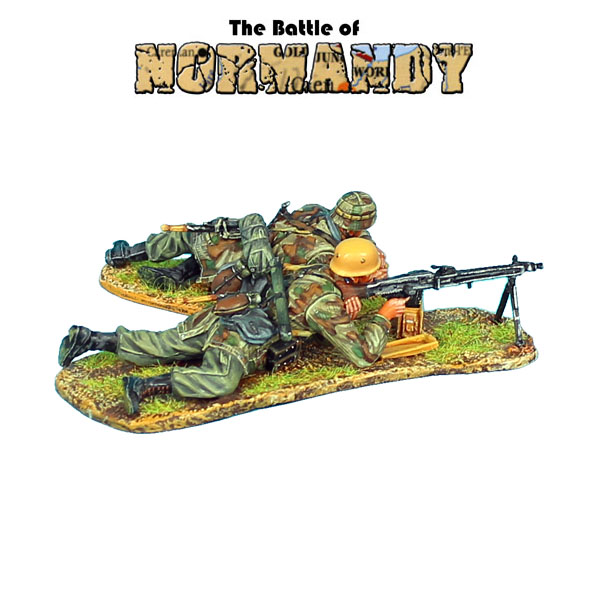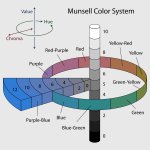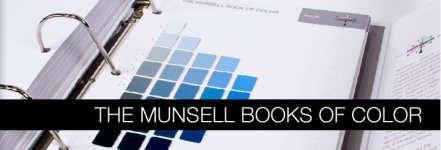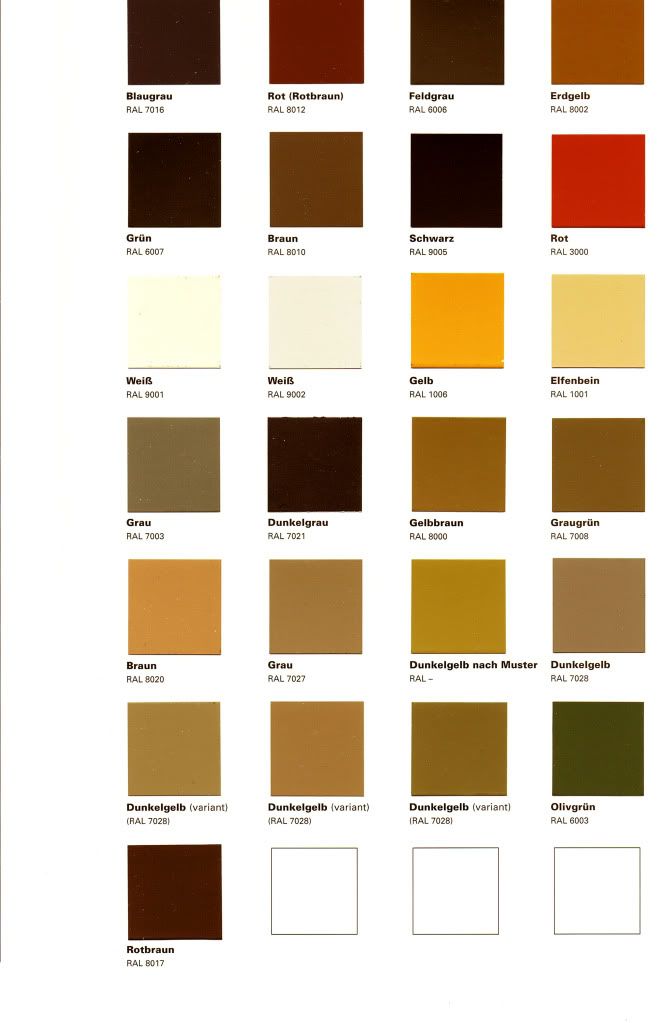fmethorst
Command Sergeant Major
- Joined
- Feb 18, 2008
- Messages
- 2,492
Hi Frank,
A very valid point, I applaud your " Purist " Stance . I'm blinded by the Camo Patterns and depictions of the equipment, which are incredible. I support you efforts, after all if successful they will only benefit us all in the end by having a more Historically perfect product . Regards Gebhard
That's the tough part Gebhard, the rest of the figure is brilliant. The camo smocks are the best I've seen.
Frank













